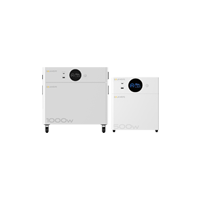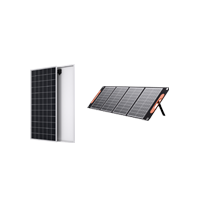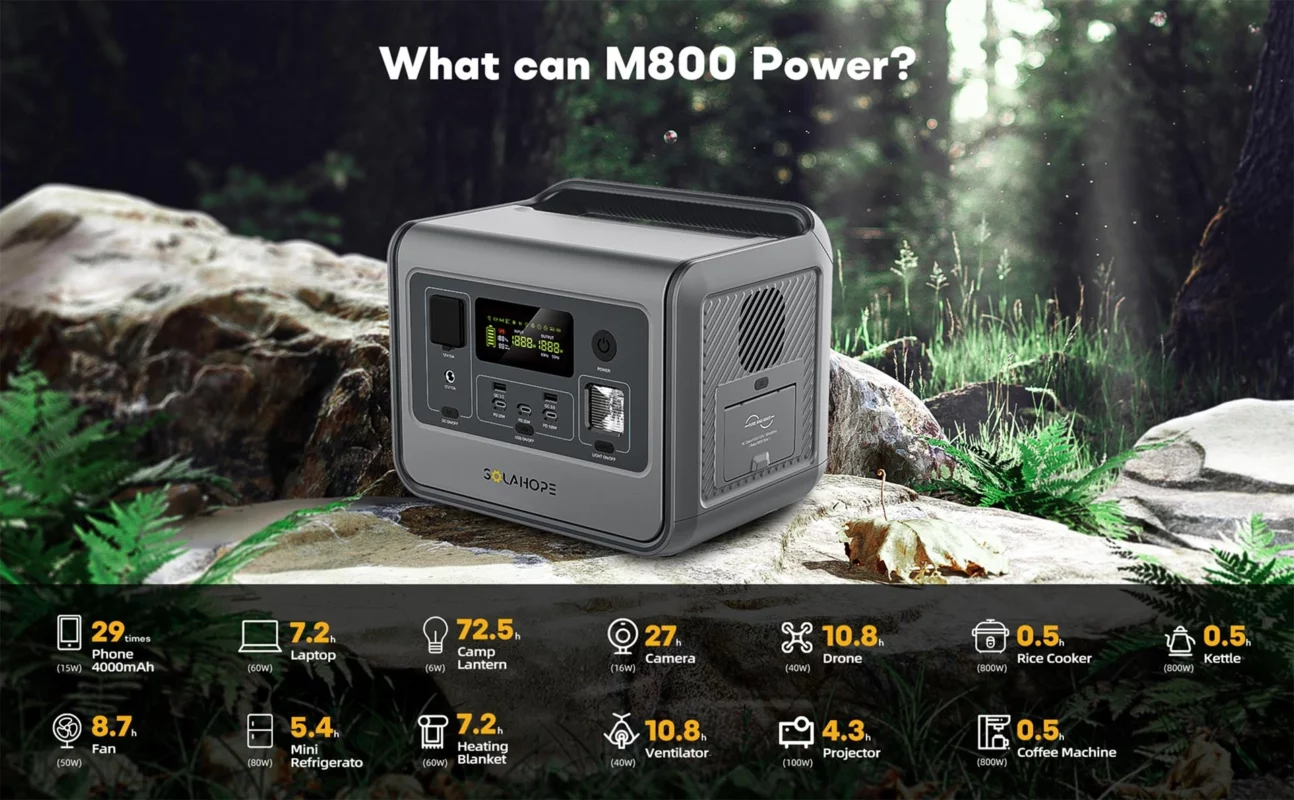Portable Power Statioin
How Do Portable Power Stations Work: A Friendly Guide for Potential Buyers
Table of Contents
- Understanding Portable Power Stations
- Key Operational Principles
- Utilizing Portable Power Stations
- Practical Applications
- Maintenance and Safety
- FAQ
- In Conclusion
Hey there, fellow adventurers and tech enthusiasts! If you’re in the market for a portable power station but find yourself scratching your head over how portable power stations work, you’re in the right place. As an experienced senior electrical engineer who’s been knee-deep in batteries, electricity, and all things energy-related, I’m here to demystify the magic behind these power-packed gadgets. So, grab your favorite beverage, settle in, and let’s dive into the fascinating world of portable power stations!
Understanding Portable Power Stations
Let’s start with the basics. A portable power station, in simple terms, is your go-to power source when you’re away from traditional outlets. It’s like having a mini power grid that fits in the trunk of your car or the corner of your campsite. Now, let’s break down the components that make these stations tick.
The Heart of the Matter: Batteries
Think of batteries as the beating heart of a portable power station. These stations use various types of batteries, with lithium-ion and lead-acid being the most common players. Each type has its own set of strengths and weaknesses, kind of like choosing between a backpack and a suitcase for your trip. Lithium-ion batteries are lightweight and pack a punch in terms of energy capacity, while lead-acid batteries are reliable workhorses with a longer lifespan.
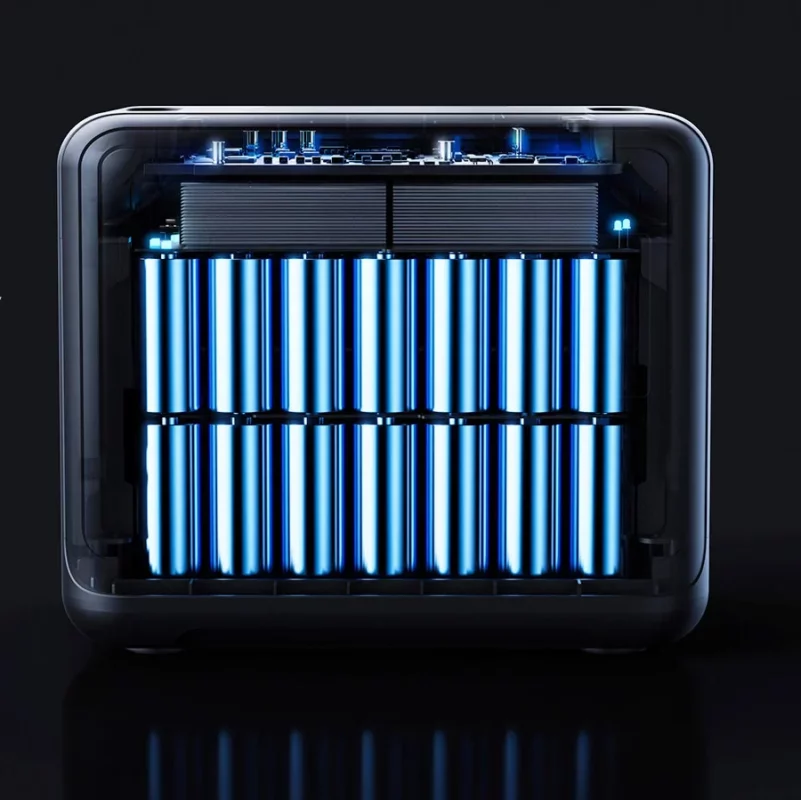
Key Operational Principles
Charging Up Your Power Station
Now, onto the juicy part: charging up your portable power station. You’ve got options here, my friends.
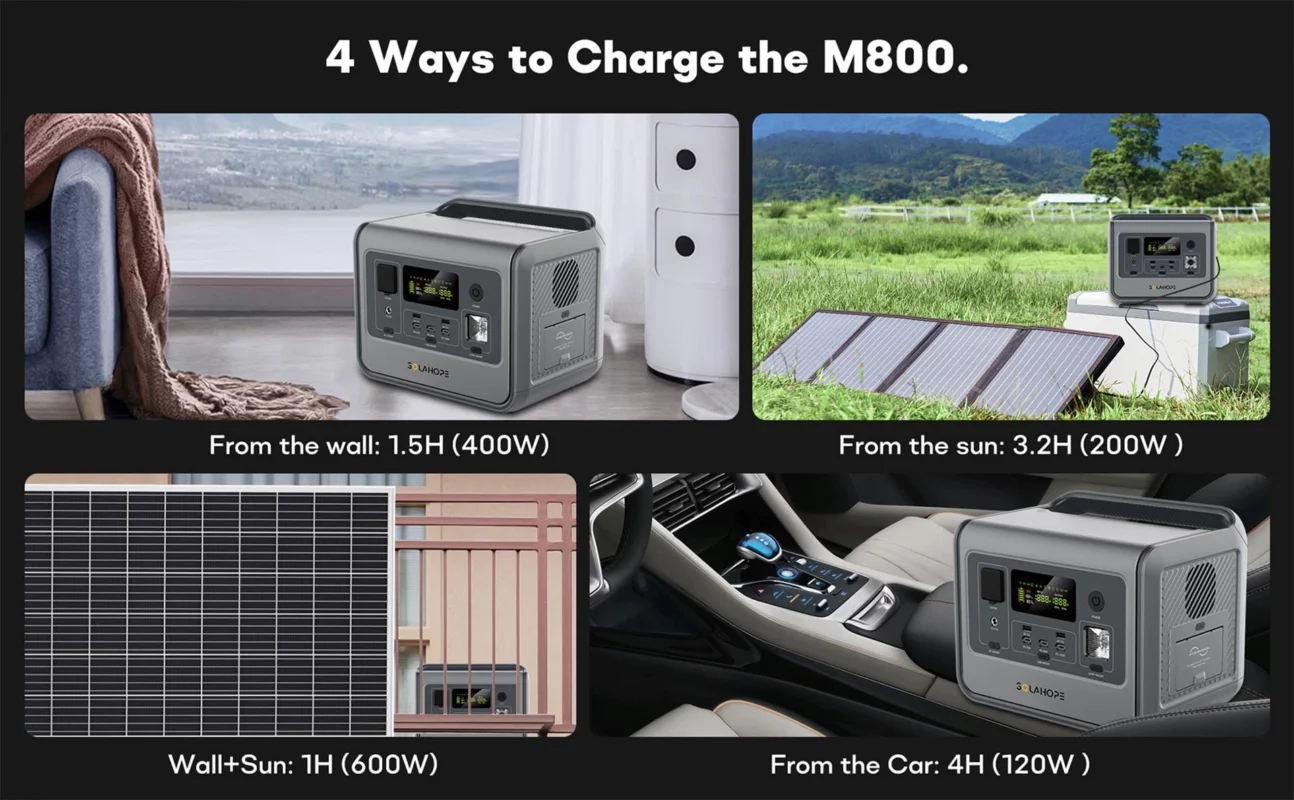
Soak Up the Sun: Solar Panel Charging
If you’re a sun-worshipper, solar panel charging might be your jam. Portable power stations can juice up using solar panels, making them a must-have for outdoor enthusiasts. Picture this: you’re camping in the wild, soaking in nature’s beauty, and your power station is quietly soaking in the sun’s rays, converting them into usable energy. It’s like harnessing the power of the sun for your gadgets – pretty cool, right?
Plug and Play: AC Wall Outlet Charging
If you’re more of a plug-and-play kind of person, AC wall outlet charging is your friend. Just plug your power station into a standard wall outlet and let it charge up. Quick tip: pay attention to charging times and make sure you’re using the right cable – it’s like finding the right charging spot for your phone, but on a larger scale.
Power on the Go: Car Charging
Here’s a neat trick: you can also charge your power station using your car’s DC outlet. This comes in handy during road trips or unexpected power outages. It’s like having a backup generator that fits in your glove compartment – talk about convenience!
Bidirectional Inverter: Your All-in-One Buddy
Now, let’s talk about the secret sauce that makes portable power stations so versatile – the bidirectional inverter. This nifty component takes the DC power stored in the battery and transforms it into AC power, the kind that your devices love. The best part? You don’t need a collection of hefty adapters to charge your laptop, tablet, or other devices. It’s like having a universal translator that bridges the gap between different device languages.
Utilizing Portable Power Stations
Power Play: Understanding Wattage
Alright, let’s talk numbers. Wattage is the magic number that determines the devices your power station can handle. The higher the wattage, the more power-hungry devices you can connect. So, whether you’re powering a mini-fridge on a camping trip or keeping your gadgets alive during a blackout, understanding wattage is your golden ticket.
Time to Shine: Duration of Power Supply
Picture this: you’re on a cross-country road trip, and your power station is your trusty sidekick. The duration of power supply depends on factors like battery capacity and device consumption. It’s a bit like managing your phone’s battery life – except you’re powering a whole array of devices, from smartphones to portable fans.
Practical Applications
The Great Outdoors: Adventure Awaits
If you’re the kind of person who finds solace in the great outdoors, a portable power station is your ticket to creature comforts. Imagine having your own power source during camping trips – powering lights to keep the darkness at bay, running a mini-fridge for your cold drinks, and charging your phone to capture all those Instagram-worthy moments. It’s like having a slice of modern life right in the heart of nature.
When the Lights Go Out: Emergency Ready
Now, let’s talk about real-world scenarios. Power outages can strike unexpectedly, but with a portable power station by your side, you’re always prepared. Imagine a stormy night with the power grid down – your power station can be a beacon of light, keeping your essential devices alive and your loved ones connected. It’s like being your own superhero in times of need.
Maintenance and Safety
Battery Care: Longevity Matters
Just like taking care of your trusty hiking boots, proper battery care ensures a long and healthy life for your portable power station. Avoid overcharging and deep discharges to keep the battery in tip-top shape. It’s a bit like giving your power station a spa day – pampering it to ensure it’s always ready for action.
Safety First: Overload Protection
Worried about overloading your power station? Fear not! These stations come with built-in safety features that prevent overloads and overheating. It’s like having a guardian angel watching over your power supply, ensuring everything runs smoothly.
FAQ
Q1: Can I charge my power station using a solar panel on cloudy days?
A: Absolutely! While solar panel charging is most effective under direct sunlight, modern panels can still generate power even on cloudy days, although at a slightly reduced rate.
Q2: How long does it take to charge a power station from a wall outlet?
A: Charging times vary based on the station’s battery capacity and the charger’s output. On average, it might take around 7-10 hours for a full charge.
Q3: Are portable power stations safe to use indoors?
A: Yes, they are. Portable power stations are designed with safety features to prevent hazards like overloading and overheating, making them safe for indoor use.
Q4: Can I use a portable power station while it’s being charged?
A: Yes, most power stations support pass-through charging, allowing you to use them while they’re being charged.
Q5: What’s the lifespan of a typical lithium-ion battery in a portable power station?
A: Lithium-ion batteries in power stations can last anywhere from 500 to 1000 charge cycles, which translates to several years of regular use.
In Conclusion
And there you have it, folks – a friendly journey through how portable power stations work. We’ve explored everything from batteries to bidirectional inverters, and from camping trips to power outages. Armed with this knowledge, you’re ready to make an informed decision when choosing the perfect portable power station for your needs. So, whether you’re embarking on a grand adventure or simply keeping the lights on, remember that your trusty portable power station has got your back. Stay charged and stay awesome!
More about Solahope M series Portable Power Station
More to Read:
Unleashing Hurricane Power: Empowering Resilience with Portable Solar Power Stations
Portable Power Station for Construction Sites: Solahope M3600 Portable Power Station
How to Choose the Right Portable Power Station for Your Needs
The Best Portable Power Station for Hunting
Exploring the Safety of Portable Power Stations: Are They Truly Secure?
Can A Portable Power Station Run A Heater?


